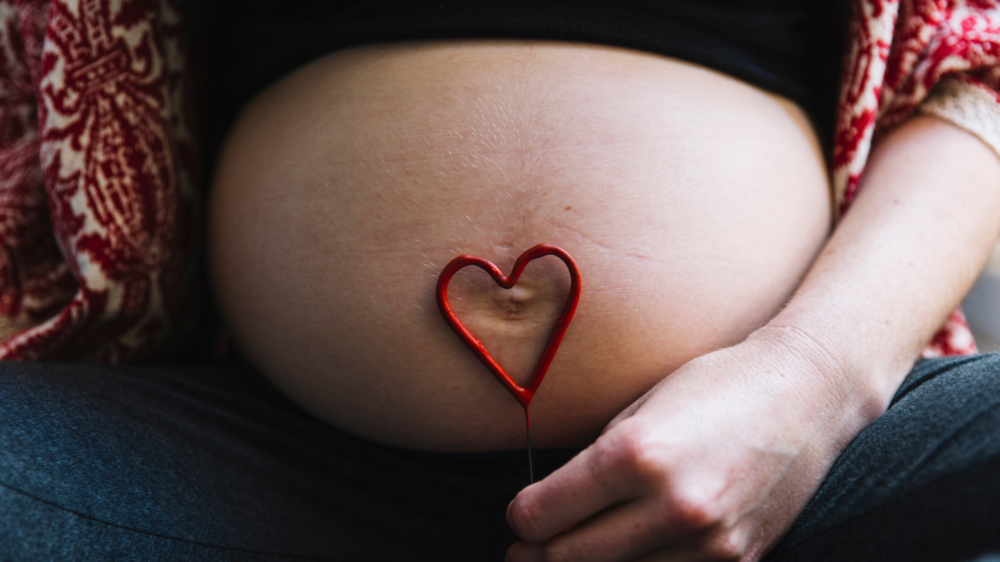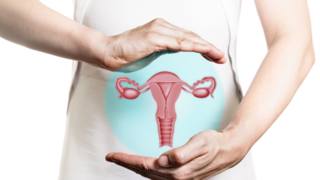In this article:
Complications of Placental Calcification
When calcification occurs before 36 weeks of pregnancy, it is referred to as preterm placental calcification (PPC). It can lead to serious complications for you and your baby:- Preterm birth: Early calcification can lead to the baby being born before 37 weeks, which carries risks like breathing difficulties or other premature birth complications.
- Low birth weight: Your baby might not grow as expected if the placenta can’t deliver enough nutrients due to calcium buildup. This may lead to a lower-than-average birth weight.
- Low Apgar score: This is a quick test done right after birth to check your baby’s health. Calcification can affect oxygen supply and potentially lead to a lower score.
- Postpartum haemorrhage: For the mother, heavy bleeding after delivery is a possible risk if the placenta is heavily calcified.
- Placental abruption: This is when the placenta detaches from the uterus too early, which can be dangerous for you and your baby.
- Foetal distress: Reduced blood flow from a calcified placenta can cause stress for the baby and affect their heart rate or overall well-being.
- Stillbirth: In rare and severe cases, if calcification happens very early (before 32 weeks), it can lead to the loss of the baby.
- Preeclampsia: Individuals with grade 3 calcification at 36 weeks or earlier are nearly five times more likely to develop this condition. It involves high blood pressure and can be serious.
- NICU admission: Babies born with complications from calcification may need extra care in the neonatal intensive care unit.
Diagnosing Placental Calcification
Placental calcification doesn’t usually cause obvious symptoms, so it’s often found during routine prenatal checkups. This is how doctors diagnose it:1. Ultrasound Scans
The main way to detect calcification is through a pelvic ultrasound or sonogram. These scans can show white spots or calcium deposits spreading from the base to the surface of the placenta. Advanced 3D ultrasound technology has made it easier to detect these changes before birth.
2. Grannum Classification
Radiologists use a scale from grade 0 to grade 3 to assess the extent of calcification:
- Grade 0: No deposits, seen before 18 weeks.
- Grade 1: Some deposits, seen between 18 to 29 weeks.
- Grade 2: More deposits with slight indentations, seen between 30 to 38 weeks.
- Grade 3: Significant deposits with deep indentations or ring-like structures, seen around 39 weeks.
If grade 3 calcification is found early, your doctor might suggest closer monitoring or recommend a caesarean section or induced labour to reduce risks.
3. Follow-Up Scans
If calcification is spotted, your doctor might order another ultrasound to check how severe it is and whether it’s affecting your baby’s growth or oxygen supply.
4. Non-Stress Test (NST)
Your doctor may recommend an NST to monitor your baby’s heart rate and your contractions if there’s concern about the placenta’s function. This helps assess whether the baby is getting enough oxygen.
Preventing Placental Calcification
There’s no guaranteed way to prevent placental calcification since its exact cause isn’t fully known. But you can take steps to lower your risk of it happening too early:- Avoid smoking: Stay away from cigarettes and second-hand smoke, as smoking is a major risk factor for early calcification.
- Manage health conditions: If you have anaemia, high blood pressure, or diabetes, follow your doctor’s advice to keep these conditions under control during pregnancy.
- Eat a healthy diet: Focus on foods rich in antioxidants, like blueberries, strawberries, walnuts, or cooked spinach. These can help reduce the risk of preterm placental ageing.
- Limit calcium supplements: Avoid taking excessive calcium supplements unless prescribed by your doctor. Too much calcium can contribute to deposits in the placenta.
- Attend regular checkups: Routine ultrasounds and doctor visits are important for catching any signs of calcification early, so don’t skip your appointments.
- Reduce stress: While it’s easier said than done, try to manage prenatal stress through relaxation techniques or support from your healthcare professional.
- Exercise safely: Engage in pregnancy-safe exercises as recommended by your doctor to support overall health.
Placental calcification can lead to serious complications like preterm birth or low birth weight if it happens too early, but regular ultrasounds and careful monitoring can catch it in time. You can lower your risk and support a healthier pregnancy by taking steps like avoiding smoking, managing health conditions, and eating well. Always stay in close contact with your doctor to keep you and your baby safe.
FAQs on Doctor Says Baby Is Smaller Than Expected? Here’s One Possible Cause
- Is placental calcification dangerous?
It’s not always harmful. Late-stage calcification is usually normal. But if it happens too early or progresses quickly, it can reduce oxygen or nutrient flow to your baby. - Can I prevent placental calcification?
You can’t fully prevent it, but avoiding smoking, managing health issues, eating well, and attending check-ups can help reduce your risk.






